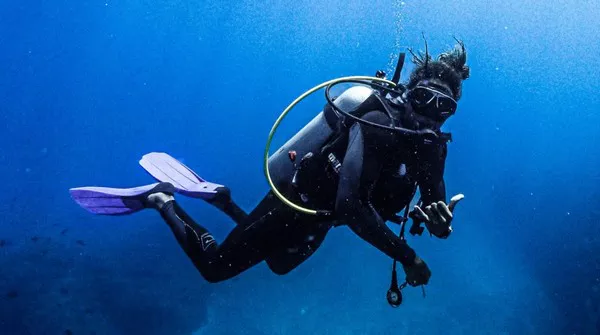Diving, an activity that allows individuals to explore the wonders of the underwater world, has long captivated the imagination of adventurers and nature enthusiasts alike. However, amidst the allure of vibrant coral reefs and mesmerizing marine life, a question often arises: Is diving truly safe?
To answer this question, it’s essential to delve into various aspects of diving safety, including training, equipment, environmental factors, and individual responsibility. By examining each of these components, we can gain a comprehensive understanding of the risks associated with diving and the measures taken to mitigate them.
Training: Building a Foundation of Knowledge and Skills
At the heart of diving safety lies comprehensive training. Before embarking on any diving expedition, individuals must undergo proper instruction from certified diving professionals. Training programs, such as those offered by organizations like the Professional Association of Diving Instructors (PADI) and the National Association of Underwater Instructors (NAUI), equip divers with essential knowledge and skills to navigate the underwater environment safely.
From understanding diving physics and physiology to mastering equipment operation and emergency procedures, these training courses lay the foundation for safe diving practices. Additionally, aspiring divers learn about potential hazards, such as decompression sickness and barotrauma, and how to prevent and manage them effectively.
Equipment: The Tools of Underwater Exploration
In addition to training, the use of appropriate diving equipment is paramount to safety. Modern diving gear, including masks, snorkels, fins, regulators, buoyancy control devices (BCDs), and dive computers, undergoes rigorous testing and certification to ensure reliability and performance in underwater environments.
Regular maintenance and proper care of diving equipment are essential to prevent malfunctions and equipment-related accidents. Before each dive, divers conduct thorough equipment checks to verify functionality and address any issues promptly. Furthermore, adherence to manufacturer guidelines and best practices for equipment use minimizes the risk of equipment failure during dives.
Environmental Factors: Navigating Nature’s Realm
While training and equipment play crucial roles in diving safety, environmental factors also significantly impact the overall risk level of a dive. From the temperature and visibility of the water to currents, tides, and marine life encounters, divers must assess various environmental variables before entering the water.
Dive planning, including site selection and consideration of weather forecasts, helps mitigate potential risks associated with environmental factors. Additionally, maintaining situational awareness during dives and adapting to changing conditions in real-time are essential skills for safe underwater exploration.
Individual Responsibility: Empowering Divers to Make Informed Choices
Ultimately, the safety of a dive relies not only on training, equipment, and environmental conditions but also on the individual diver’s judgment and decision-making abilities. Divers bear the responsibility to assess their own capabilities, limitations, and comfort levels before undertaking any dive.
Self-awareness and honesty about one’s physical fitness, experience level, and diving proficiency are critical in preventing accidents and injuries. Divers should never push their limits or engage in activities beyond their skill level, as doing so can jeopardize their safety and the safety of others.
Furthermore, adherence to established diving protocols, such as the “buddy system” and pre-dive safety checks, fosters a culture of mutual support and accountability among diving communities. By looking out for each other and communicating effectively underwater, divers enhance the overall safety and enjoyment of their diving experiences.
Conclusion
In conclusion, while diving presents inherent risks, adherence to proper training, equipment use, environmental awareness, and individual responsibility significantly mitigates these risks. By following established safety protocols, divers can explore the wonders of the underwater world with confidence and peace of mind.
As with any adventure sport, staying informed, prepared, and vigilant is key to ensuring a safe and enjoyable diving experience. Whether exploring coral reefs, underwater caves, or shipwrecks, divers can embark on their underwater journeys with the knowledge that safety remains a top priority in the diving community. So, is diving safe? With the right preparation and mindset, the answer is a resounding yes.

